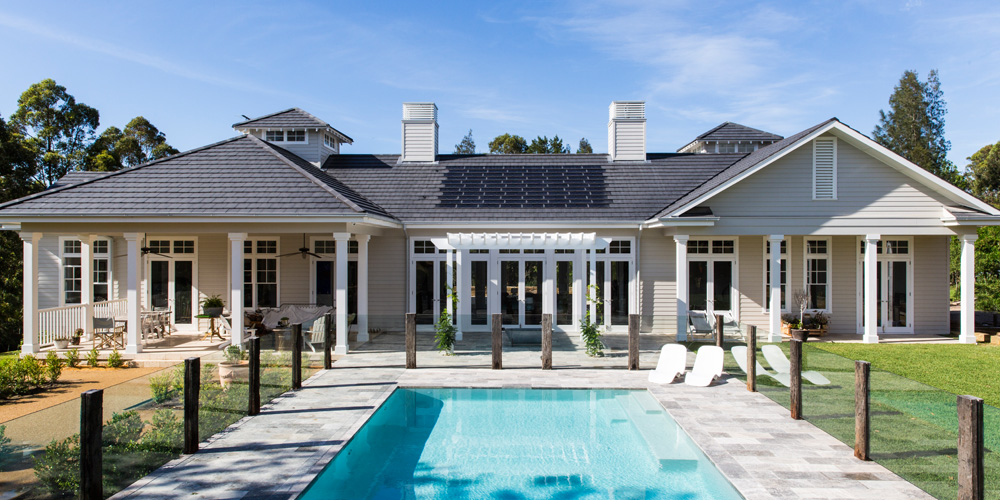What does colour do for a room?
Our minds are influenced by visual cues. Colour can definitely influence our mood in much the same way as aroma, a day at the beach, a weekend in the country or simply a stroll around your local neighbourhood. Colour can create illusion and style. It can lift your mood, create drama and intrigue or simply add a sense of space to a small area. Colour is potentially the most powerful yet least expensive element in your design project. Your colour selection can transform a space from bland into something that shows off your sense of style. Don’t be afraid of colour, after all, it is only a can of paint!
How can colour influence your mood, enhance your furnishings, space and aesthetics?
Bold and bright or soft and subdued, colour is so much of our surroundings that sometimes we are not even aware of how it affects us, our moods and sense of wellbeing. Think about the mood and style you wish to create in your home. In the same way we wear clothes that make us feel and look good, consider colour to suit your space and existing furnishings. Light plays an enormous role in the selection of colour. Is your room dark? Or do you have an abundance of light? If you wish to create a sensual, moody atmosphere choose strong colours and richly textured fabrics possibly in gold, browns and dark reds. Alternately if you are seeking a carefree beach theme, paler pastel shades of blue, green and white are more appropriate. The general rule is that light shades create a sense of space, which is why they’re often used in kitchens and family rooms, while the darker shades are intimate and cosier and are frequently used in bedrooms and dining rooms.
What is the role of the colour consultant?
People want their space to reflect their style but aren’t sure if those ideas will work. Most people have some idea of what they like and almost everyone knows what they don’t like, so it’s about finding the right balance. Enter colour consultant. Professional advice from a colour consultant is a relatively inexpensive yet invaluable tool. Colour is a personal choice and through a collaborative process with the colour consultant, clients can achieve the look they desire with minimal stress. The colour consultant quickly identifies potential issues with light — both artificial and natural — flooring and furnishings. They know how colours will react and what depth or contrast is required to achieve the best outcome. They will use different paint finishes to achieve special looks and they understand how to create complementary colour schemes and tone on tone to create interest and harmony.
What’s the most important rule when choosing colour for your home?
What advice can you give someone who’s just about to paint?
Know what you are working with. Look down — this is your starting point. For interiors, the floor will influence the colour choice dramatically. Think about what elements will not change. The scheme must be designed taking all of these elements into consideration. For example, if the walls and floor are light, the scheme may lack atmosphere. Depth can be added in soft furnishings or rugs to ground the scheme. Work with colours that you prefer, and be mindful of tone and balance to achieve a successful scheme. Collecting images from magazines can assist you in achieving the look.
When painting an interior space, consider the who, what and how:
• What’s the purpose of the space?
• How will it be used?
• Who will you use this space?
Try to avoid the use of too many colours — a classic exterior scheme uses only three colours; anymore and it becomes busy. Also, monochromatic schemes for interiors create a feeling of space and harmony. If painting an exterior, think about the architectural style or heritage of the premises, the aspect of the property and its immediate surroundings. Always attempt to keep proportions in balance. Remember the sun will have a “bleaching” effect on colours so don’t be afraid to use deeper tones. For interior schemes, consider the quality of natural light. Choose colours and tones that will work with this element. Take into consideration what type of artificial lighting is being used in the space.
Are you foreseeing any new trends for interiors in 2010?
Trends for 2010 continue to be focus on “back to basics”. People are continuing to cocoon and make their homes a place of comfort and retreat.

